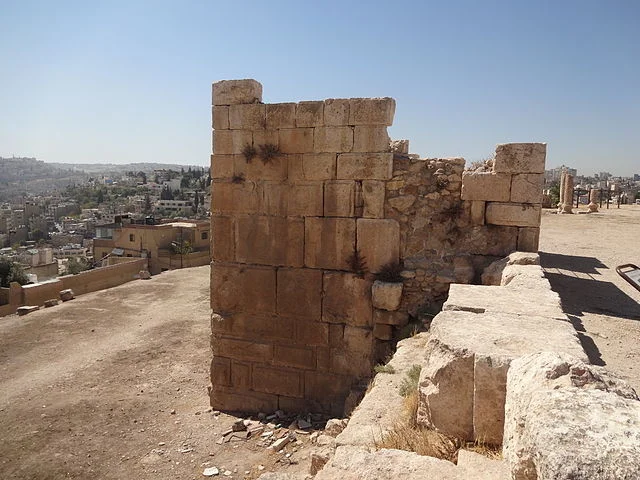The Ayyubid Watchtower in Amman is a significant historical structure that reflects the military and architectural prowess of the Ayyubid dynasty. Constructed in the 12th century AD, this watchtower served as a strategic lookout post during a period of regional conflict and defense.
Get your dose of History via Email
Historical Context
The Ayyubid dynasty, founded by Salah ad-Din (Saladin) in 1171 AD, controlled large parts of the Levant, including modern-day Jordan. The Ayyubids focused on fortifying their territories to defend against Crusader incursions. Amman, located in a strategically important area, was a key site for the Ayyubids. They built several military structures, including the watchtower, to monitor and secure trade routes and military movements.
Architectural Features
The Ayyubid Watchtower in Amman exemplifies medieval Islamic military architecture. Built using local limestone, the structure is characterized by its solid, square base and relatively small dimensions. The design prioritizes functionality over aesthetics, focusing on visibility and defensibility. The tower features narrow slit windows, which provided a clear view for watchmen while minimizing exposure to enemy fire. Its elevated position on a hilltop in Amman gave the Ayyubids a tactical advantage, allowing them to observe the surrounding area for miles.
Strategic Importance
During the 12th and 13th centuries AD, the Ayyubid Watchtower played a crucial role in regional defense. The Ayyubids used the tower to monitor the movements of Crusaders and other hostile forces. Its location allowed the Ayyubid military to send early warnings to nearby fortresses and settlements, including the Citadel of Amman. This communication system was vital for coordinating defense strategies across the region.
Preservation and Modern Relevance
Today, the Ayyubid Watchtower stands as a testament to the military and architectural achievements of the Ayyubid dynasty. Although parts of the structure have deteriorated due to time and environmental factors, efforts have been made to preserve what remains. The watchtower is part of Amman’s broader historical landscape, which includes other significant sites like the Citadel and the Roman Theatre. These sites collectively offer insight into the layered history of Amman, spanning from ancient to medieval times.
Conclusion
The Ayyubid Watchtower in Amman is a critical piece of Jordan’s medieval history. It reflects the strategic importance of Amman during the Ayyubid period and the dynasty’s military ingenuity. Understanding this watchtower helps historians and archaeologists piece together the complex historical narrative of the region during a tumultuous era of crusades and territorial defense.
Source:

